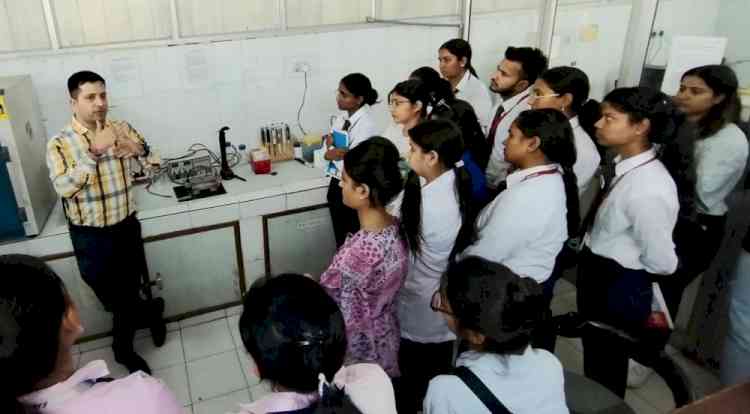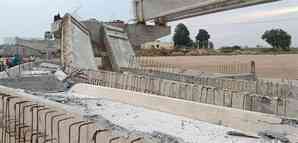When civil nuclear power dawned 60 years ago
Obninsk (Russia), June 25 (IANS) It might have had a mere 5 MW capacity but it was on June 26, 1954, that Soviet scientists connected the world's first nuclear power plant here to an electricity grid. The Obninsk plant, which was visited by...

Obninsk (Russia), June 25 (IANS) It might have had a mere 5 MW capacity but it was on June 26, 1954, that Soviet scientists connected the world's first nuclear power plant here to an electricity grid.
The Obninsk plant, which was visited by India's first prime minister Jawaharlal Nehru and his daughter Indira Gandhi (their photographs can be seen in the reception area), was decommissioned in 2002 and is being turned into a museum - a testimony to the pioneering work of Soviet scientists in opening up a whole new world of alternate and viable energy. Indeed, it marked nuclear power's crossover from a military to a civil application.
"The reactor, constructed only in eight or nine months, could produce enough energy to boil 50,000 cups of coffee," said Mikhail Gayadin, a senior researcher here who continues to monitor the radiation levels, a process that can go on for 50 years after shutdown.
The single reactor AM-1 (Atom Mirny or Peaceful Atom), was a product of a team led by the "father of the Soviet atomic bomb" Igor Kurchatov (1903-1960), whose conversion in the 1950s to an advocate of nuclear energy for peaceful purposes proved decisive in the development of the Obninsk nuclear power plant (NPP) in the Kaluga industrial region, a little over two hours by road from Moscow.
The reactor, with a graphite atomic pile and water coolant, was a forerunner of the Chernobyl-type RBMK high-power reactors. Obninsk is significant because unlike most graphite reactors at the time, it was used not for making weapons but for producing power.
Graphite was chosen for its exceptional qualities in containing heat. However, currently operating Russian VVER pressurised water reactors, like those installed in the Kudankulam plant in Tamil Nadu, are inherently safer designs than RBMK reactors.
The Obninsk plant operated incident-free in its lifetime and was shut down not for technical, but economic reasons.
"The years of perestroika after the passing of the Soviet era were economically difficult times," Gayadin said of the decision to convert the facility to a museum.
(Biswajit Choudhury can be reached at [email protected])
--Indo-Asian News service
bc/vm/tb

 cityairnews
cityairnews 
















